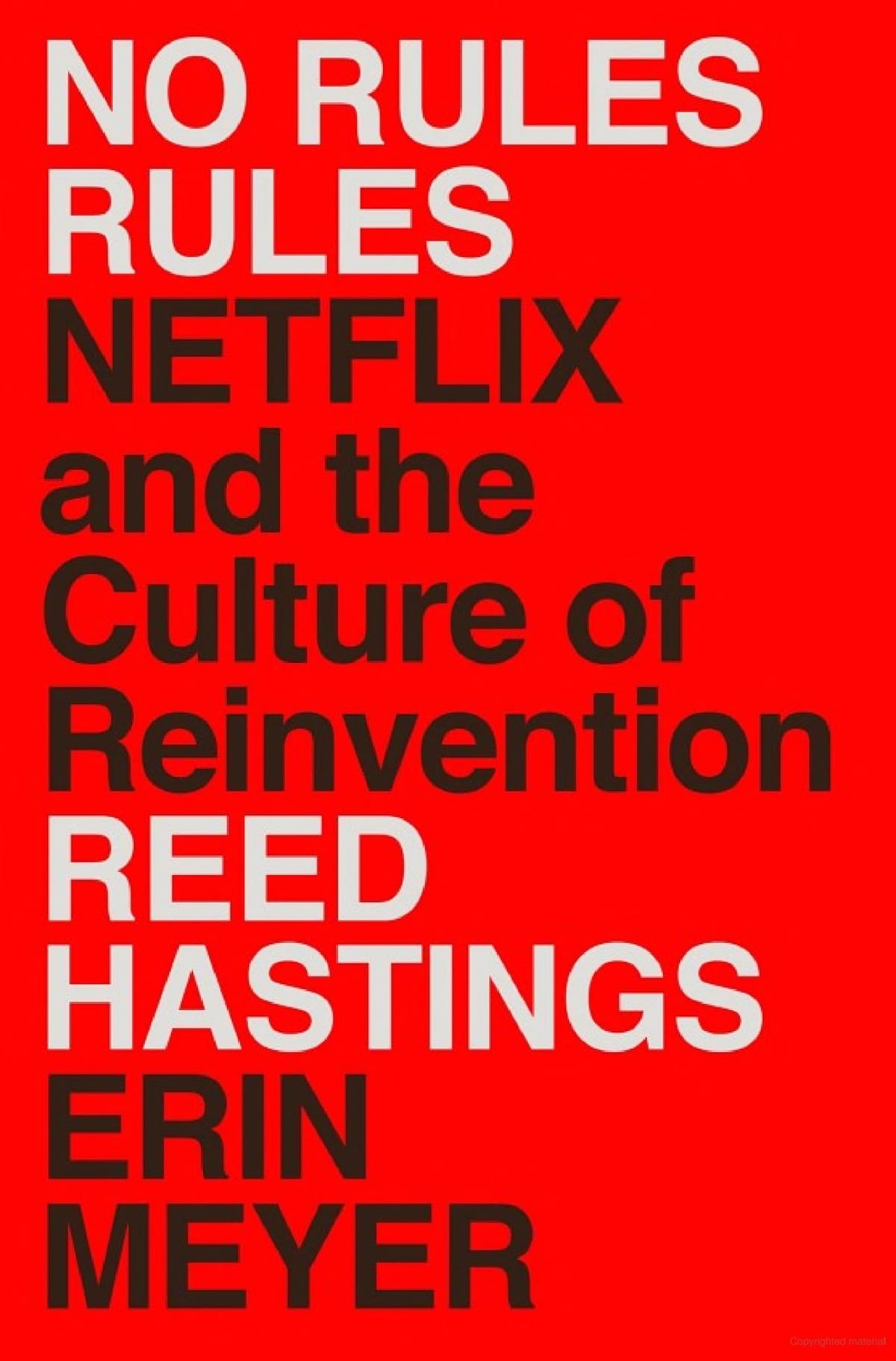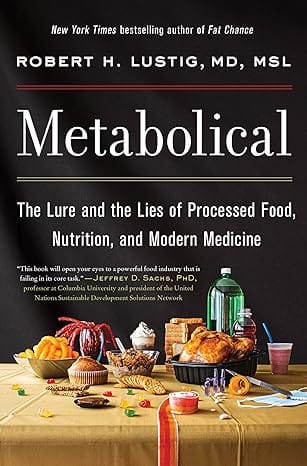Book Review: No Rules Rules
No Rules Rules explains Reed Hastings’s thinking on how Netflix’s culture is one of its key advantages in its performance, with a focus on talent density

No Rules Rules explains Reed Hastings’s thinking on how Netflix’s culture is one of its key advantages in its performance, with a focus on talent density
In order to understand the success of Netflix, a highly unusual company, it’s worth hearing what its founder and CEO has to say. At the time of writing No Rules Rules, Reed Hastings was still the CEO of Netflix. In this book he wrote with Erin Meyer (of The Culture Map fame), he outlines his philosophy. He believes deeply in attracting the best talent and then setting them up for success.
This may be the most important insight of the Netflix way – the idea of talent density. Build designing around talent density, you allow for some otherwise unintuitive results:
At most companies, policies and control processes are put in place to deal with employees who exhibit sloppy, unprofessional, or irresponsible behavior. But if you avoid or move out these people, you don’t need the rules.
You also are able to attract great people if you have a high talent density. Steve Jobs had a similar insight about A vs B players. People thrive in environments with high talent density. I’ve had this experience in my career–when everyone you work with is great at their jobs, so much more is possible.
The downside of talent density is something Hastings calls the keeper test. The basic version is would you fight to keep this person if they announced they were leaving. He elaborates:
If you’re serious about talent density, you have to get in the habit of doing something a lot harder: firing a good employee when you think you can get a great one. One of the reasons this is so difficult in many companies is because business leaders are continually telling their employees, “We are a family.” But a high-talent-density work environment is not a family.
If you are able to have high talent density, the next step is to actually reduce or remove processes and trust that your people will do well. If you’re in a process-heavy organization, there’s fundamentally some trust lacking. Either the systems are too complicated for the teams you have or there isn’t sufficient trust from leadership.
Another big area of investment for Netflix is that employees must become very good at giving and receiving feedback:
At Netflix, it is tantamount to being disloyal to the company if you fail to speak up when you disagree with a colleague or have feedback that could be helpful. After all, you could help the business—but you are choosing not to.
It’s an obligation to give feedback that helps others grow. The best people in their role still need to continue to grow to be even more impactful, and culturally an accelerant is through feedback. Hastings prescribes the “4 A’s” of feedback as best practices around giving them well. The first 2 concern the giver and the last 2 concern the receiver.
- Aim to Assist: make sure it’s given with the positive intent of making the person better. It’s way too easy to default to using it as a vent for frustration or advancing some agenda.
- Actionable: the feedback needs to be specific to an actionable item of improvement so that the recipient knows what to do differently.
- Appreciate: override your defense mechanisms and appreciate that your colleague is going out of their way, risking discomfort, to tell you this feedback
- Accept (or discard): you don’t have to take on every feedback and follow it. But you do need to hear and understand it.
There’s a related discussion in the book about mistakes and if you should own up to them or admit vulnerability. It’s not an unconditional yes. You need to be aware of the pratfall effect which argues that if you’re seen as competent when admitting to a mistake, you become more likable. On the other hand, if you’re not seen as competent, it can make you less likable. Going back to the idea of talent density, if people are assumed to be good at their role, there is low cost to this kind of openness.
This level of candor was described like going to the dentist for some folks. They know it’s good for them, even if it's unpleasant.
For growing and learning about when a project fails, the company takes a similar approach. The recommendation:
We suggest instead a three-part response: Ask what learning came from the project. Don’t make a big deal about it. Ask to “sunshine” the failure.
When setting out on a new project, Hastings strongly argues that bosses should not veto employees. In particular, a boss does not need to sign off on a project going forward. If you think something may not work, you should first ask yourself the following questions about the employee:
Is X a stunning employee? Do you believe she has good judgment? Do you think she has the ability to make a positive impact? Is she good enough to be on your team?
If the answer to all of those is yes, then this person clearly belongs on your team and is able to make these decisions. Your role as a manager is to instead provide context about goals and how outcomes will be judged (in alignment with broader company goals). People love having autonomy and do their best work when they do. This is an important part about attracting and maintaining talent density.
One last point that jumped out at me from the book: bonuses are bad for flexibility. Netflix does not give out bonuses, with the reasoning that (annual) bonuses are actually bad for being adaptable. If your bonus is anchored on a goal set in January around an outcome in December, you are locking into an old decision. This incentive structure makes employees less adaptable. I think it’s still very important to reward good performance, but breaking the link from an annual goal is a great idea.
There are a lot of other interesting insights in this book and I highly recommend it. With a lot of these books, it’s hard to tell what worked because of what Hastings did or what worked in spite of it. In drawing lessons from the success of others, I’m reminded of Steve Jobs (or Elon Musk) and their unusual personalities. Mirroring all of them to your situation would be importing both strengths and weaknesses. In the case of Netflix, the risk of the keeper test is that it blunts innovation if you don’t have very strong leadership. My biggest takeaway from this book is the critical importance of talent density.



